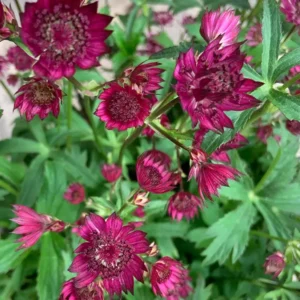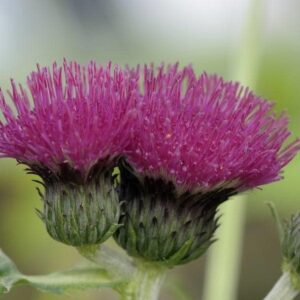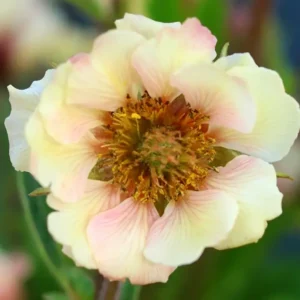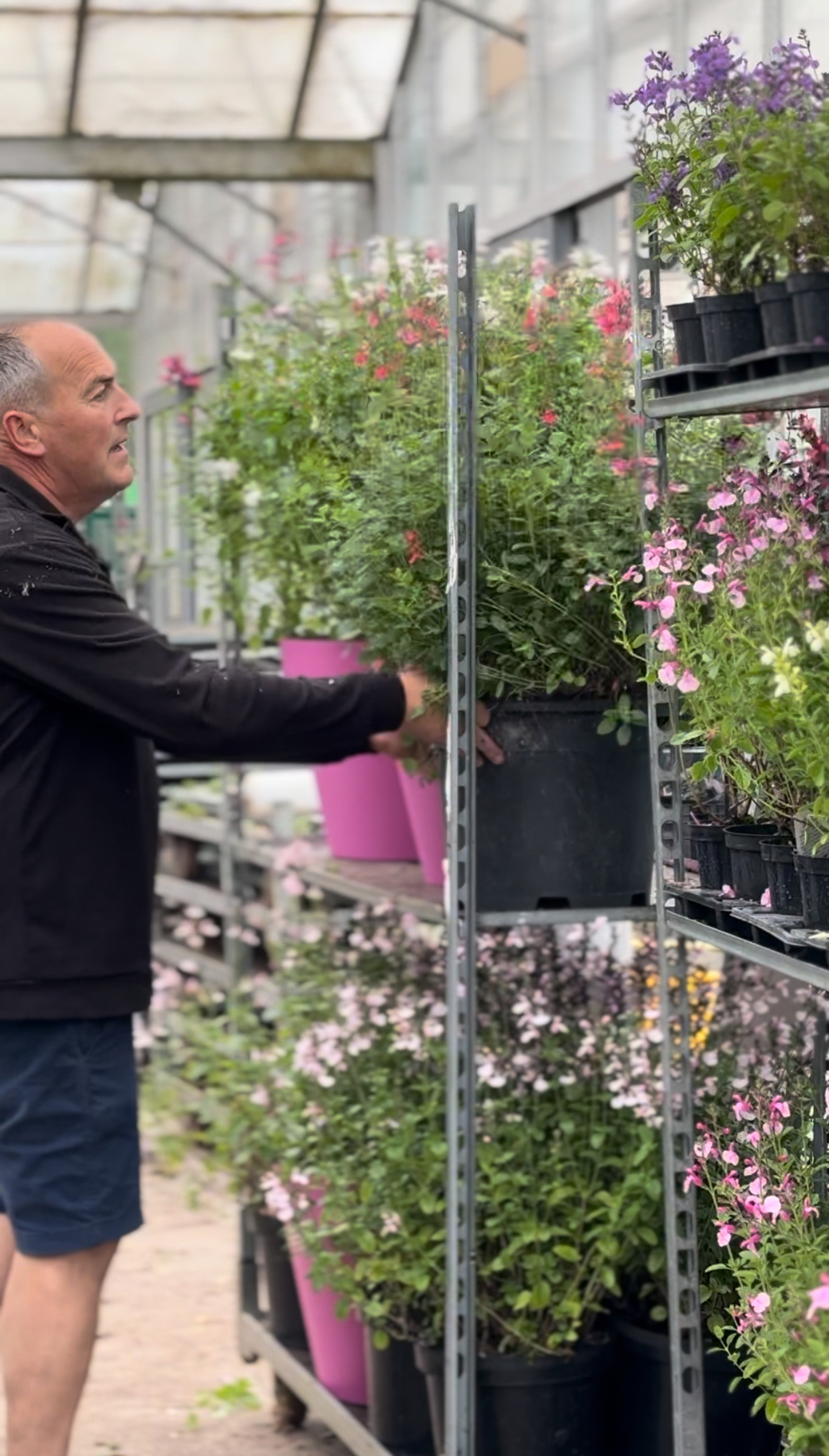
Out of stock
Out of stock
Out of stock
Out of stock
Out of stock
Out of stock
Out of stock
Sambucus nigra f. porphyrophylla Black Lace’ is a stunning deciduous shrub that has dark purple/ black foliage and produces a creamy pink flower that blooms from early summer to mid-autumn. Perfect for pots and borders and great for attracting bees to your garden. Deadhead once flowering finishes to encourage further blooming. Hardy so will only need protection should we have very severe frost. blackish-red berries appear in the autumn which can be used to make wine.
Plant information
Any 3 plants for £25.00 (Usually £30.00)
Any 6 plants for £20.00 (Usually £58.00)
Any 9 plants for £75.00 (Usually £87.00)

Out of stock
Out of stock
Out of stock
Out of stock
Out of stock
Out of stock
Out of stock

Out of stock
Out of stock
Out of stock
Out of stock
Out of stock
Out of stock
Out of stock

Out of stock
Out of stock
Out of stock
Out of stock
Out of stock
Out of stock
Out of stock
Out of stock

Out of stock
Out of stock
Out of stock
Out of stock
Out of stock
Out of stock

The ideal times to plant are early spring and early fall. Spring allows plants to establish strong roots before the summer heat arrives. Fall planting, done about four to six weeks before the first frost, gives roots time to settle in while the soil is still warm but the air is cooler.
Deep watering once or twice a week is generally best, depending on your climate and soil type. New plantings require more frequent watering as they establish, while mature plants benefit from less frequent but deeper watering, which encourages stronger root systems.
Yes, but fertilizing should be done in moderation. A balanced slow-release fertilizer applied in early spring is usually sufficient. Some plants may benefit from a light mid-season feeding, but over-fertilizing can result in weak, leggy growth rather than healthy blooms or foliage.
Deadheading, or removing spent flowers, can encourage more blooms throughout the season. At the end of the growing season, it's best to let the plant die back naturally. Trim it back in early spring before new shoots begin to emerge.
Mulching is beneficial for moisture retention, weed suppression, and temperature regulation. Apply about two to three inches of organic mulch such as bark, shredded leaves, or compost. Be careful not to pile mulch directly against the stems or crowns of the plants, as this can lead to rot.
Start with proper spacing to allow air circulation and reduce the risk of fungal issues. Remove any diseased or damaged leaves as soon as you spot them. Organic options like neem oil or insecticidal soap can help treat common pests. Companion planting, such as placing marigolds near vegetables or roses, can also deter insects naturally.
Many plants benefit from being divided every three to five years to prevent overcrowding and rejuvenate growth. For best results, divide spring-flowering plants in the fall and fall-blooming varieties in the spring. Use a sharp spade or knife to split the root ball and replant the divisions with fresh soil.
These plants are naturally adapted to a range of growing conditions. Those that thrive in full sun typically need at least six hours of direct sunlight each day. Shade-loving types perform best in limited or filtered light, often found beneath tree canopies or along the north side of buildings. In dry soil, plants that are drought-tolerant and capable of storing moisture or developing deep root systems are more successful. Conversely, wet or boggy areas require plants that can tolerate consistently saturated soil and poor drainage.
Most plants go dormant during winter and require minimal care. After the first frost, cut back any dead growth to reduce disease risk. Apply mulch around the base to insulate the roots, especially in colder climates. If your plants are in containers, move them to a sheltered area or insulate the pots to protect them from freezing.
Lack of blooms or growth can result from a variety of issues, including too much or too little sunlight, poor soil drainage, watering problems, nutrient deficiencies, or overcrowding. Improper pruning or skipping regular maintenance like division may also be factors. It’s also important to note that some plants take one to two years to fully establish before showing vigorous growth or blooms.